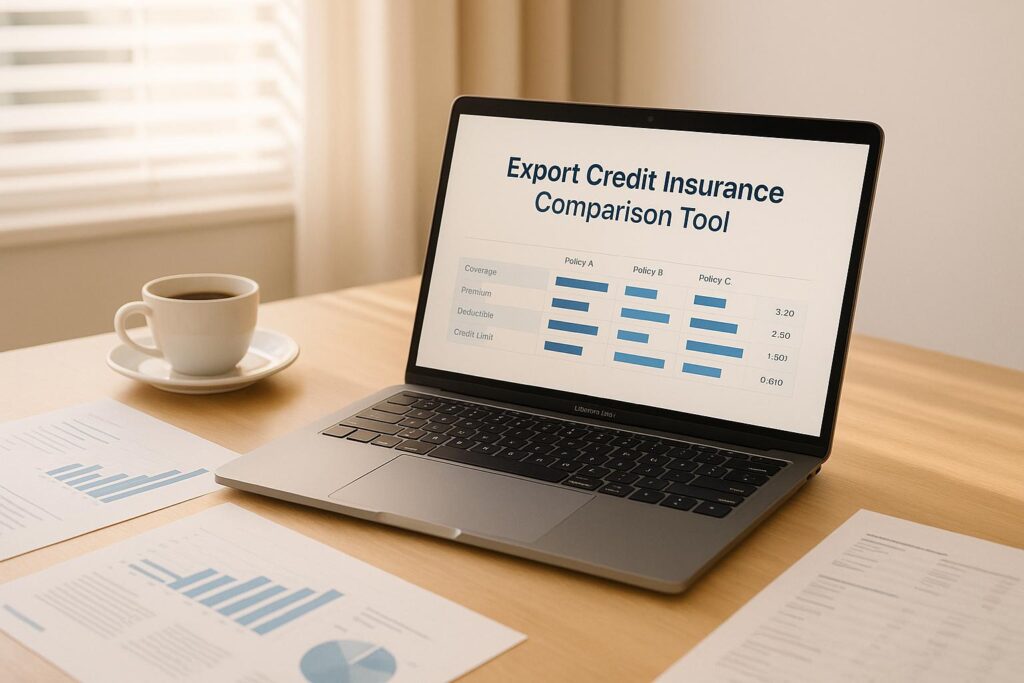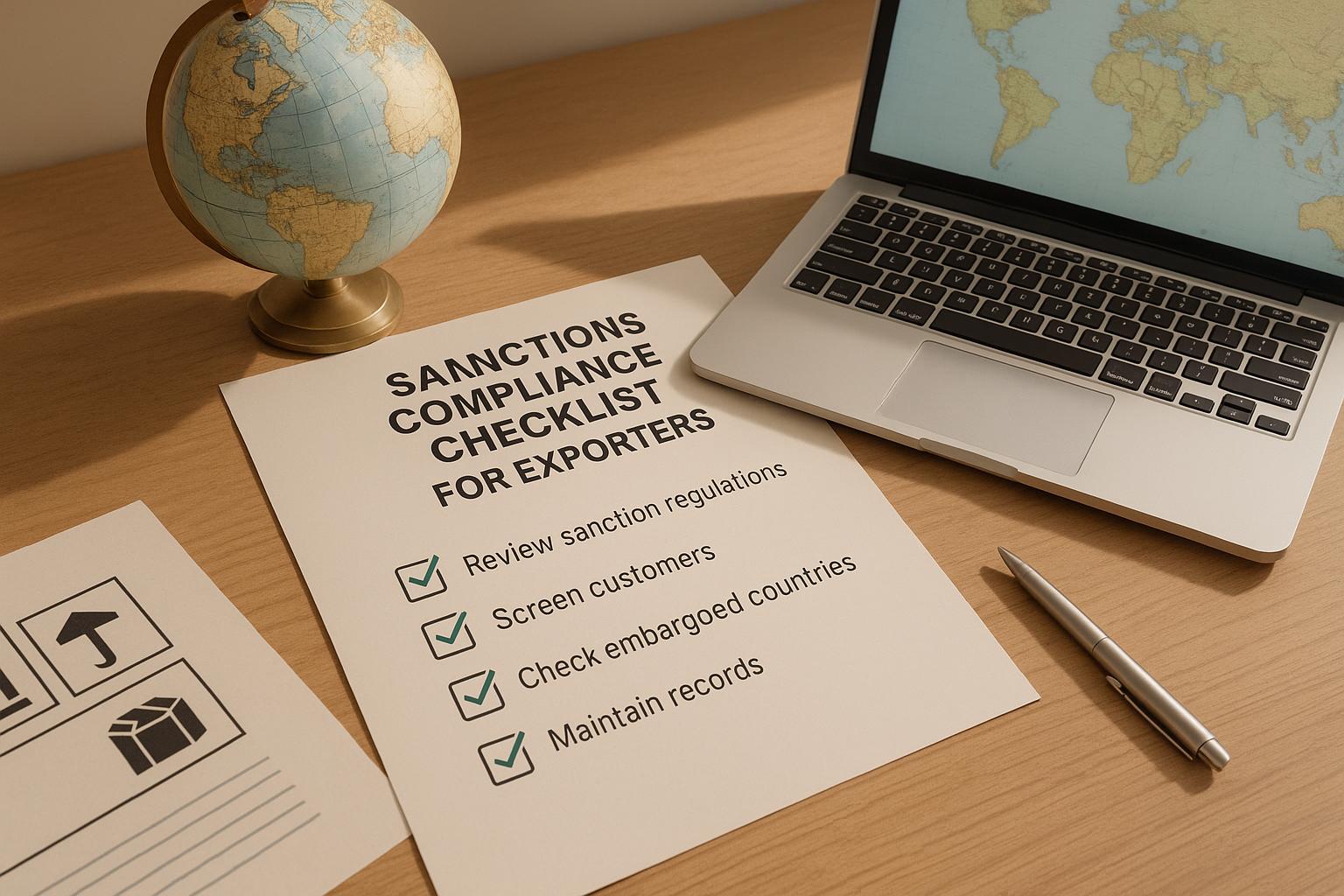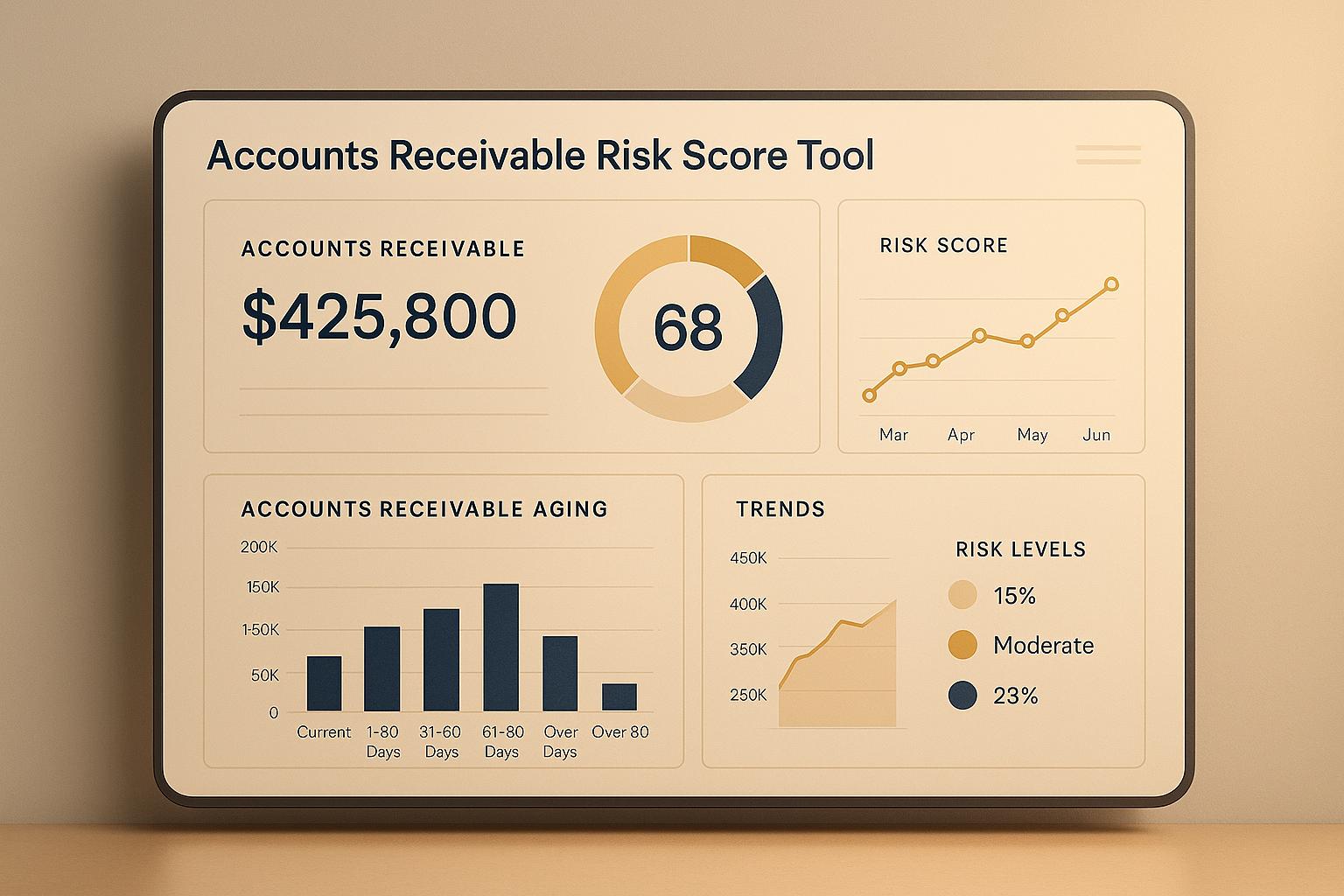Understanding Export Credit Insurance for Your Business
When you’re exporting goods across borders, the last thing you want is a financial hiccup due to unpaid invoices or political unrest. That’s where export credit insurance comes in—a vital tool for safeguarding your revenue. Whether you’re shipping to North America, Asia, or beyond, having the right coverage can make or break your confidence in international trade.
Why Compare Trade Risk Coverage Options?
Every exporter faces unique challenges based on their market and volume. A small business targeting Europe might prioritize political risk protection, while a larger operation in Africa could need comprehensive plans covering both commercial defaults and geopolitical issues. Comparing options helps you weigh premiums against benefits, ensuring you’re not overpaying for unnecessary features. Tools that break down trade insurance plans by cost, scope, and term empower you to make informed choices without endless research.
Tailoring Coverage to Your Needs
Your export volume and destination play a huge role in determining risk levels. Higher-risk regions often mean steeper premiums, but they also highlight the value of a solid policy. By evaluating different plans, you can strike a balance between cost and security, letting you focus on growing your business globally.
FAQs
What is export credit insurance, and do I really need it?
Export credit insurance protects your business from losses if a foreign buyer defaults on payment or if political events disrupt your trade. If you’re exporting goods, especially to riskier markets, it’s a smart safeguard. Think of it as a safety net—it’s not just about covering losses but also about giving you peace of mind to expand into new regions without constant worry.
How are the premiums calculated in this tool?
We use a base premium rate between 0.4% and 0.8% of your annual export volume, then adjust it based on the risk level of your primary market. For instance, exporting to Asia or Africa adds a 0.3% bump due to higher perceived risks, while Latin America adds just 0.1%. It’s a simplified model, but it mirrors how insurers often assess regional risks.
Can I trust these comparisons to reflect real insurance offers?
The plans generated here are hypothetical and meant to give you a starting point. Real-world offers depend on specific insurers, your business history, and other factors. Use this tool to understand what to look for—coverage scope, policy terms, and cost ranges—then reach out to providers for tailored quotes.



